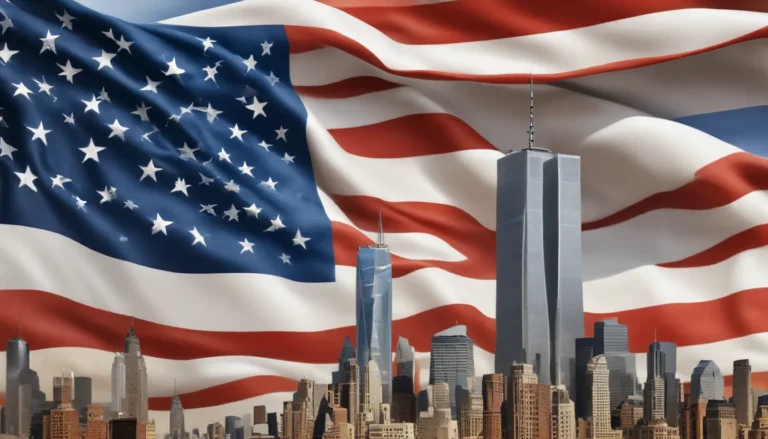The images in our articles may not match the content exactly. They are used to grab your attention, not to show the exact details in the text. The images complement the text but do not replace it.
The Korean War, often referred to as the “Forgotten War,” holds a unique place in history as a conflict that never officially ended. Today, as tensions still simmer on the Korean Peninsula, it is crucial to delve into the depths of this conflict to grasp its significance. Join us on a journey through this tumultuous period with a collection of essential Korean War facts that shed light on the intricacies of this chapter in history.
Unveiling the Reality: Quick Facts
-
Historians estimate that between 2 and 3 million civilians lost their lives during the Korean War, with North Korea accounting for approximately 1.6 million of those casualties.
-
The Allied forces, consisting of around 2 million troops, faced off against an estimated 3 million Communist soldiers, resulting in a massive loss of life on both sides.
-
At the conclusion of the Korean War, it was reported that approximately 600,000 Allied troops and 700,000 Communist soldiers had perished during the conflict.
Historical Background: Essential Facts
Following Japan’s colonial rule over Korea from 1910 to 1945, the Korean Peninsula faced a series of tumultuous events that eventually led to the outbreak of the Korean War.
-
The aftermath of World War II saw the division of Korea along the 38th Parallel, with the Soviet Union overseeing the northern region and the United States taking control of the southern half.
-
As the Cold War intensified, North Korea embraced Communism under the watchful eye of the Soviet Union, while South Korea embraced capitalism with the support of the United States.
-
Both North and South Korea claimed legitimacy as the sole government of the Korean Peninsula, fueling tensions that would ultimately erupt in conflict.
-
The Korean War commenced with a surprise invasion by North Korean forces on June 25, 1950, prompting a swift response from the United Nations and its allies.
-
China entered the fray in October of the same year, further complicating the geopolitical landscape of the conflict.
-
Despite initial fears of the Soviet Union’s involvement, the conflict remained predominantly a battle between the two Korean factions and their respective allies.
-
The hostilities finally came to a halt on July 27, 1953, with an armistice agreement that left both sides wary of a resumption of fighting.
Post-War Realities: Interesting Facts
-
North Korea ceded approximately 3,900 km² of territory to South Korea at the conclusion of the conflict, marking a significant shift in borders between the two nations.
-
The city of Sokcho was among the territories lost by North Korea, while the city of Kaesong fell into their hands during the war.
-
An alliance of 29 nations composed the Allied forces in the Korean War, with the United States contributing the majority of troops – a staggering 90% of the total force.
As we unravel the layers of history surrounding the Korean War, it becomes evident that this conflict holds pivotal importance in shaping our world today. By delving deeper into the intricacies of this period, we gain a broader understanding of the complexities that continue to define the Korean Peninsula. Join us in uncovering the truths behind this conflict and learn how its repercussions echo through time.






